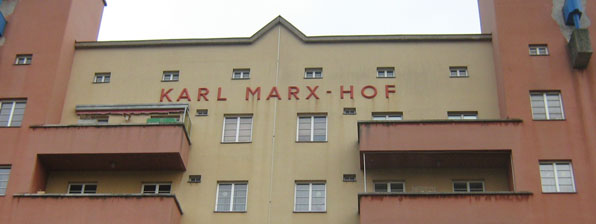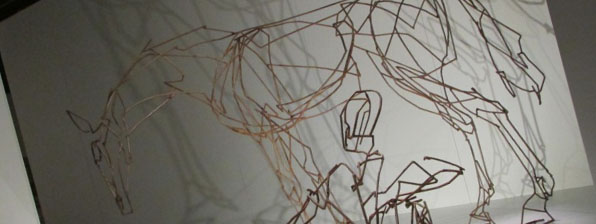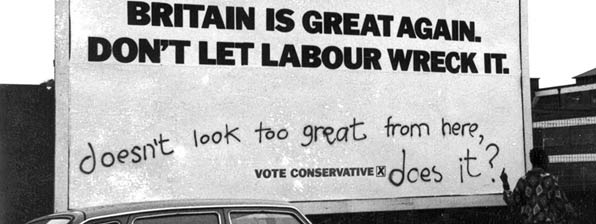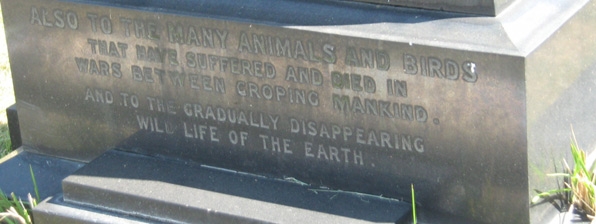A blue plaque for Agnes Dawson, teacher, trade unionist, LCC Labour councillor
Decades ago I had researched and had published a book I called Deeds not Words. The Lives of Suffragette Teachers, arising from my earlier PhD on history and education. Then I was a school teacher at Quintin Kynaston, a progressive London school, and active in the local Westminster NUT. To be honest I had never been that interested in the suffrage movement, apart from Sylvia Pankhurst, but suddenly came across the way many women teachers activists organised in the NUT to try and get the union’s support for the vote. On one occasion I saw that 70 branches had all passed the same worded motion for the NUT conference. We could never had managed to get more than about 10 branches supporting the same wording even in the 1980s! It was that which interested me. In due course the PhD was passed without amendments! But there was included a huge appendix of a biographical list of people I had researched in the NUT, NUWT, TLL . Even I realised that I would never have got a publisher interested in all of them but in future months with a focus on 4 women teachers ,namely, Theodora Bonwick, Agnes Dawson,Ethel Froud and Emily Phipps Pluto published.Later all four were included in the Oxford DNB which I had suggested along with many women who had protected animals such as Mary Tealby the founder of the Battersea Dogs’ Home.
I had noticed that in Swansea Emily Phipps had received a blue plaque; I had met a related relative of Ethel Froud in Australia involved in family history at a 2014 Conference;Sarah Bonwick, the mother of Theodora, had now been well analysed by Colin Cartwright in the Baptist Quarterly of 2021; and Agnes Dawson’s archival material had been deposited several years ago in the Bishopsgate Institute which I had positively seen but not returned to think about more.
Suddenly just weeks ago I was invited to see Agnes Dawson’s blue plaque in Newport, near Thaxted in Essex, and went.Some of the politics I had written about seemed to have been noted. But, far more importantly. also present was one of Agnes’s great nieces, Jill. Not only did she recall and remember her aunt but also knew about visiting her house, ‘The Hut’ and noting where the allotment was and being invited in by the new owners.
The personal position towards a dead, famous, relative was important and far more engaging with comments often made by academic historians. This open attention to Agnes’s clear emotional, as well as political ,work towards children was striking – and clearly relevant. I am reminded of earlier positive thinking in a public history perspective that is generally not quite as important nowadays as it was just some years ago. Ordinary and local people are far more important than simply historical researchers….


































































Thanks Hilda. Very interesting
Hope that using personal memories etc might help your own past family histories.
Interesting about her breaking the bar on married women teachers. My great aunt Jess Wrigley (nee Holloway) became a head teacher in her 20s during WW1 when all the men had disappeared, but was forced to leave when she married in 1918 – I seem to remember they gave her a “useful” piece of furniture as compensation, but can’t remember what it was.
Very interesting. It seems that often personal memories / stories can give more attention to individuals than just comments on the dictionary of national biography etc.